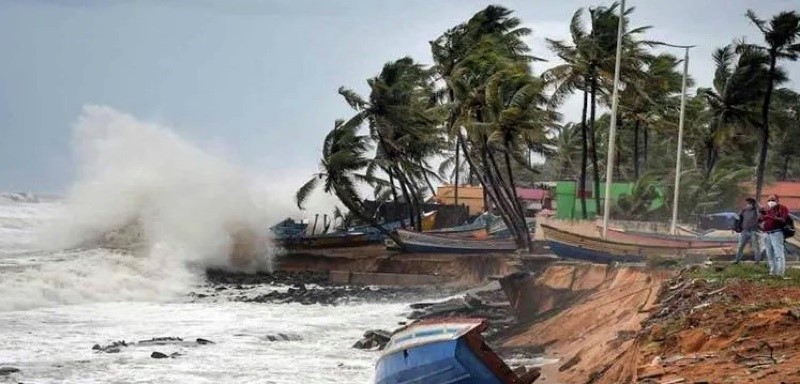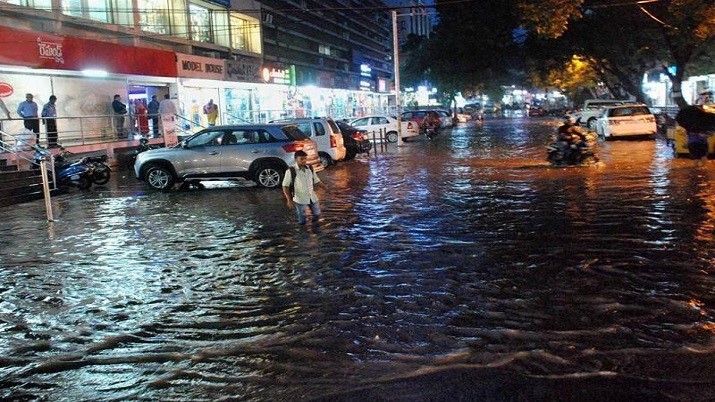Cyclone Gulab: Havoc to Infrastructure and lives

Natural calamities influence all over the world in different ways- Earthquakes, Tsunami, Cyclones, floods, landslides, etc. In India, we have seen many unfortunate events of these, as the Super Cyclone of Odisha, Earthquake in Gujrat and tsunami in the Indian ocean, Flash Floods in Uttarakhand, Flood disaster in Bihar. Recently Cyclone Gulab in Odisha is another one that is causing concern among people. India Meteorological Depaopalpur and Andhra Pradesh’s Kalingapatanam.
What is Cyclone
Cyclones occur mainly in the middle and high latitude belts of both hemispheres. The large winds circulate in a center counterclockwise north of the equator and a clockwise to the south. In the area near the equator where the ocean exists, the moist air from the ocean rises upwards. This causes a low-pressure area near the surface, the cool air in the surrounding area becomes warm and rises continually. It rises and forms clouds and the clouds and winds keep spinning and growing. There is a different cyclone as Hurricanes in the Atlantic and Eastern Pacific, Typhoons in Southeast Asia, and Cyclone in the Indian ocean and Western pacific around Australia.

Influence of Cyclone Gulab
Cyclone Gulab is creating havoc in the lives of the people of Bengal districts and Andhra Pradesh. The weather department has issued a red alert across the districts. It is being estimated that nearly 35,000 people have been evacuated from low-lying areas and the coastal areas of South Bengal. It has been reported on Saturday that the number of deaths has increased to seven in Vizianagaram and Srikakulam. A man has gone missing, a man got died with a tree falling on his head and a woman was killed after a wall of the house fell on her. Such types of cases are happening with an unfortunate effect of the cyclone.
Apart from these incidents, the power supply has also got interrupted. There is a heavy impact on the agriculture sector as crops in the area over 1.56 lakh acres were damaged, the storm has created massive destruction. Heavy rainfall has made the entire state upside down.

View of Meteorology Department on Cyclone
The head of Meteorological Center of Hyderabad, Dr. K Nagaratna said ‘The depression is likely to move in the west-northwestward direction. It is likely to weaken into a well-marked low-pressure area. Due to its influence, light to moderate rain or heavy rainfall is expected at a few places in the state’. Now as it weakens into a low-pressure area and moves westward with a speed of 18 kmph, the IMD has issued a yellow alert for Mumbai, Thane, and Palghar. These areas are likely to receive heavy to very heavy rainfall in the next few days. The Indian Meteorological Department has also predicted that due to the weakening into the depression of the Cyclone ‘Gulab’, another cyclone ‘Shaheen’ could be formed over the Bay of Bengal. It will be the remnant of the cyclone ‘Gulab’ as Gulab could be re-born again. It may emerge into the northeast Arabian Sea and adjoining the Gujrat coast; with the result, very heavy rainfall is expected in Gujrat and Madhya Pradesh.